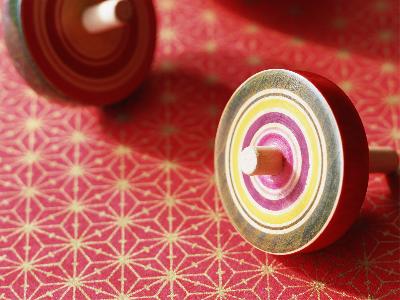|
Kamegaoka Ruins in Tsugaru City in Aomori Prefecture is a large-scale ruins site, which is emblematic of the Jomon period of the Japanese history. The site was first discovered as early as in 1622 during the Edo period.
Kamegaoka Site is most famous for “Shakokidogu,” the 34.5 cm tall clay figure with a sun shading device. Its distinguishing features are not only the slitted eyes but also the exaggerated shape of the body. Furthermore, the abdomen is covered with elaborate patterns. It is nationally designated as an Important Cultural Property.
The site is also famous for many pieces of beautiful pottery such as pot or vases decorated with fine patters and colored with black or vermillion lacquer. During the Edo period, the pottery pieces discovered in Kamegaoka were highly esteemed as first-class art objects.
Today, the replica of Shakokidogu is erected in the ruins site and a variety of excavated items are displayed in Jomon Museum on top of the nearby hill.
Kamegaoka Site is most famous for “Shakokidogu,” the 34.5 cm tall clay figure with a sun shading device. Its distinguishing features are not only the slitted eyes but also the exaggerated shape of the body. Furthermore, the abdomen is covered with elaborate patterns. It is nationally designated as an Important Cultural Property.
The site is also famous for many pieces of beautiful pottery such as pot or vases decorated with fine patters and colored with black or vermillion lacquer. During the Edo period, the pottery pieces discovered in Kamegaoka were highly esteemed as first-class art objects.
Today, the replica of Shakokidogu is erected in the ruins site and a variety of excavated items are displayed in Jomon Museum on top of the nearby hill.
| [+ADDRESS] | 
|















